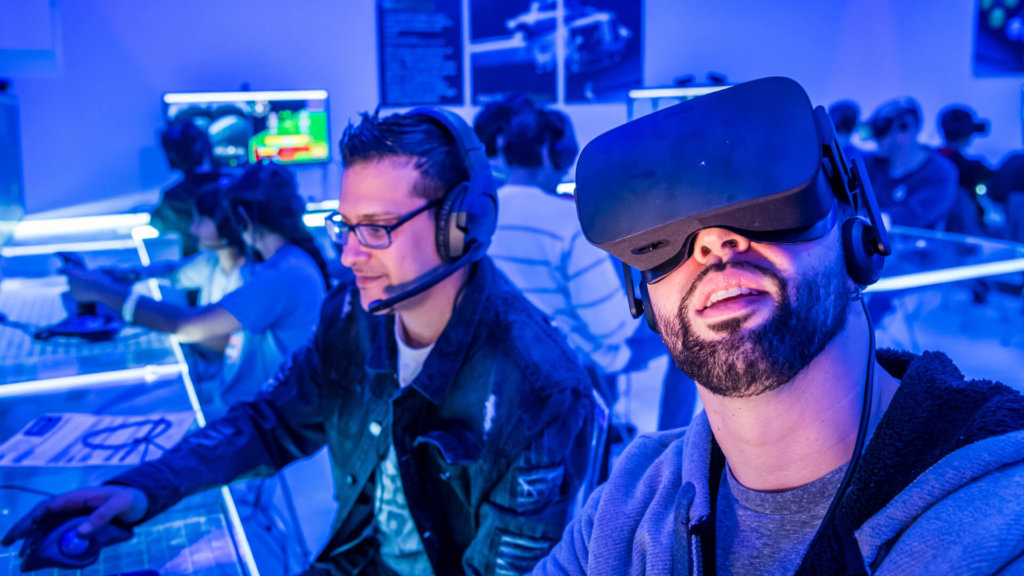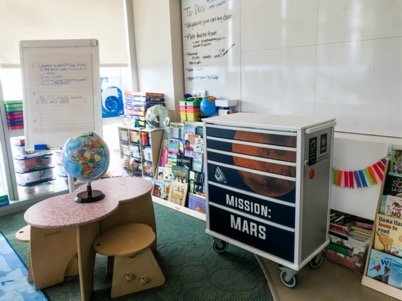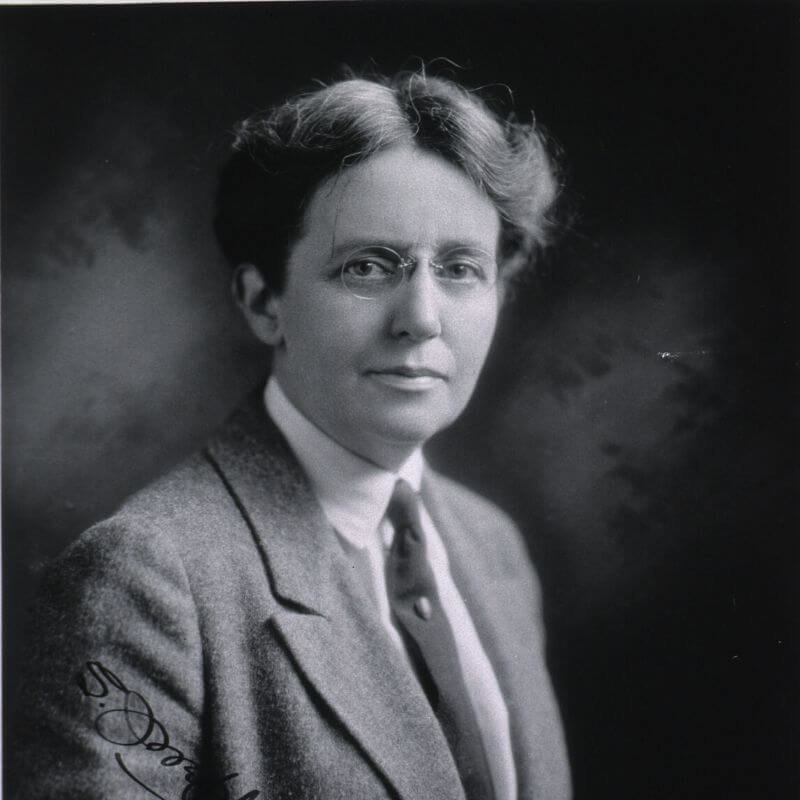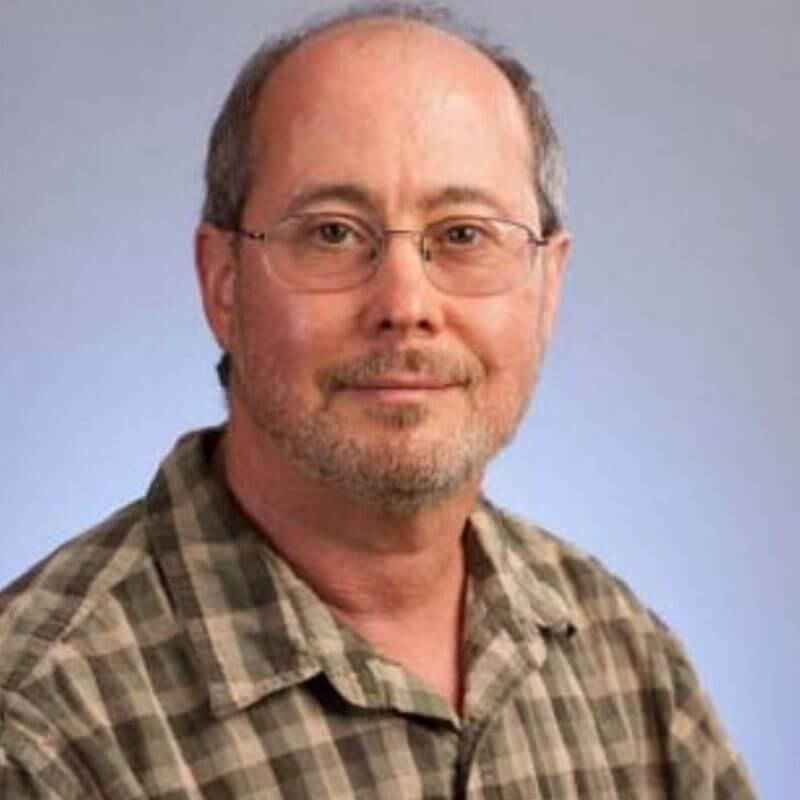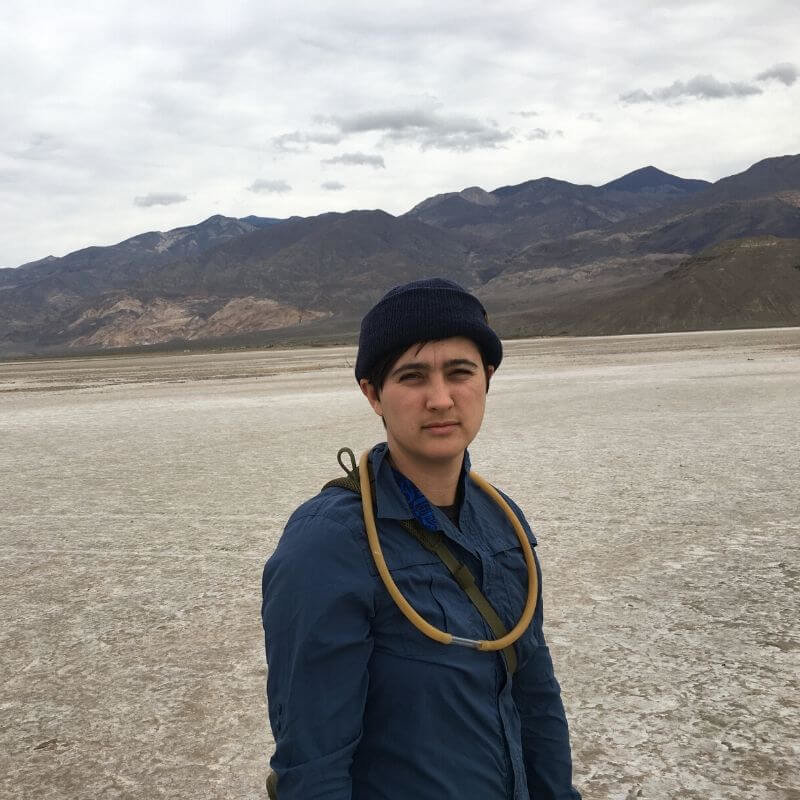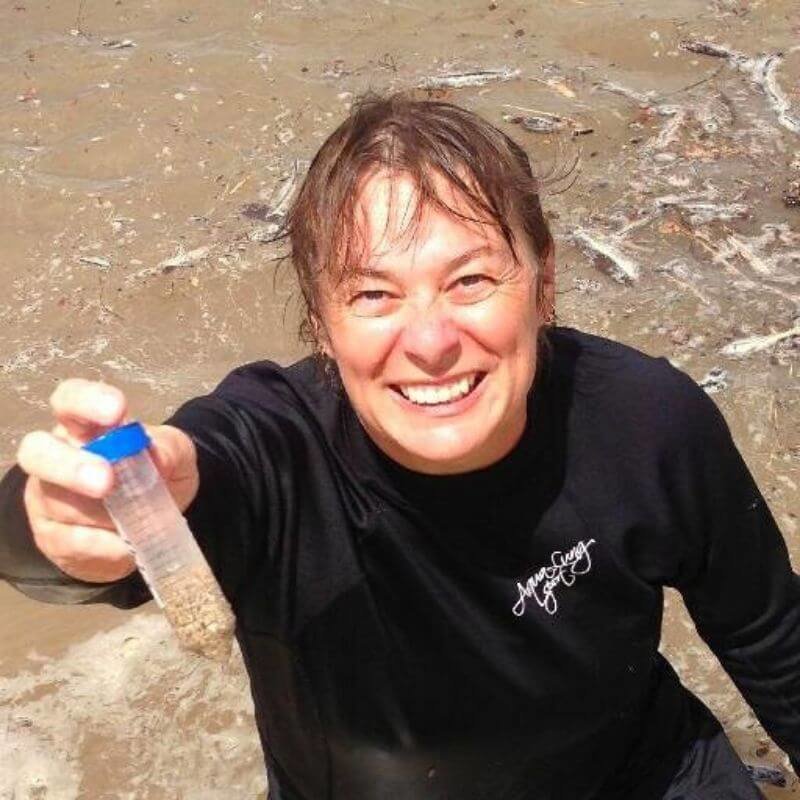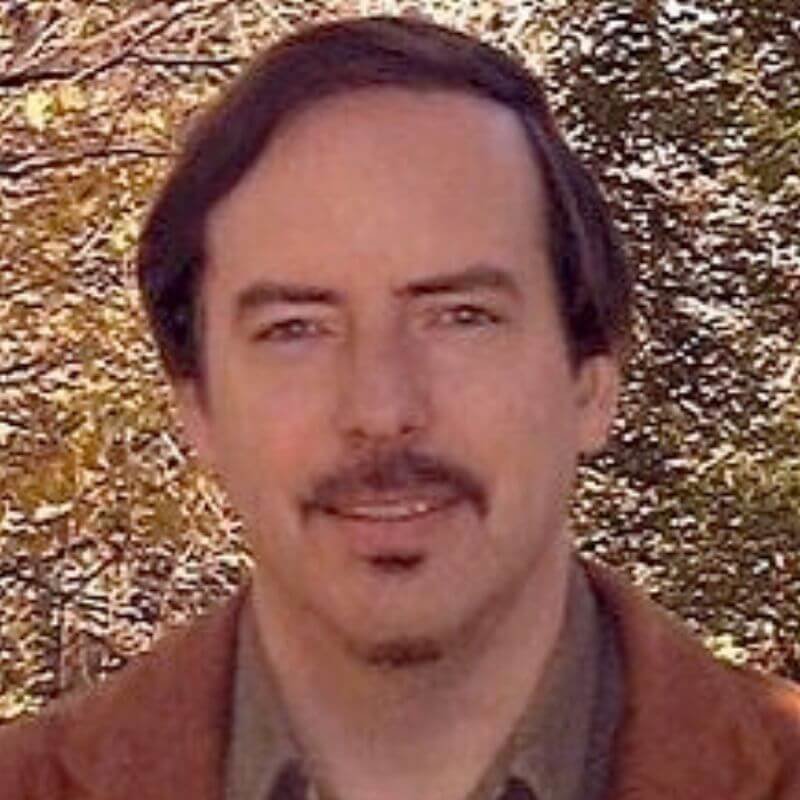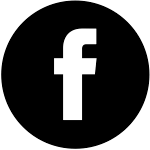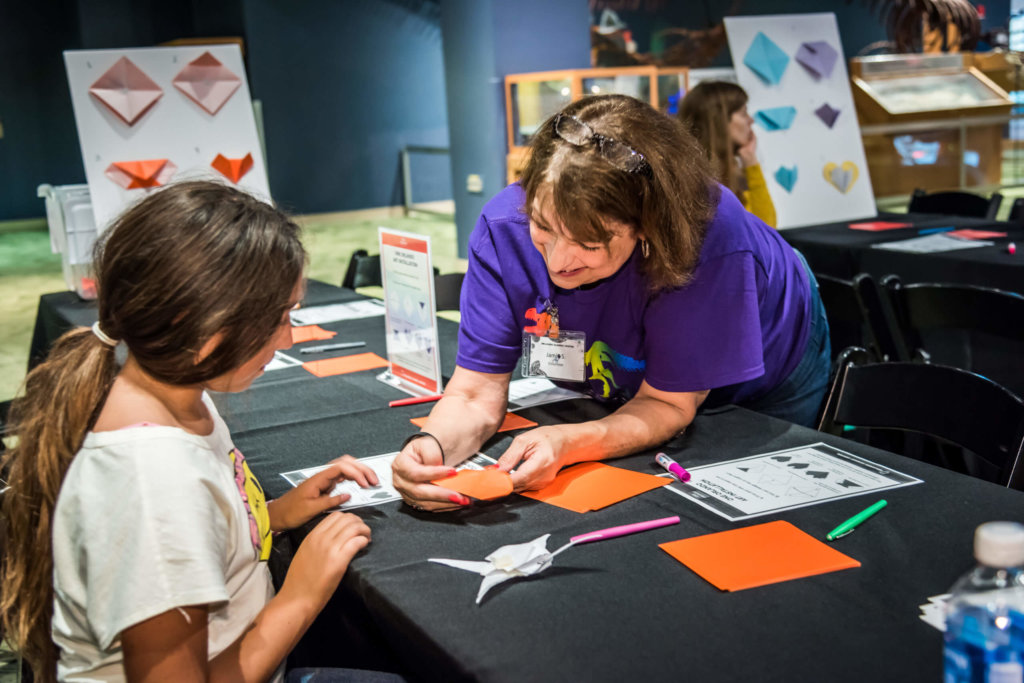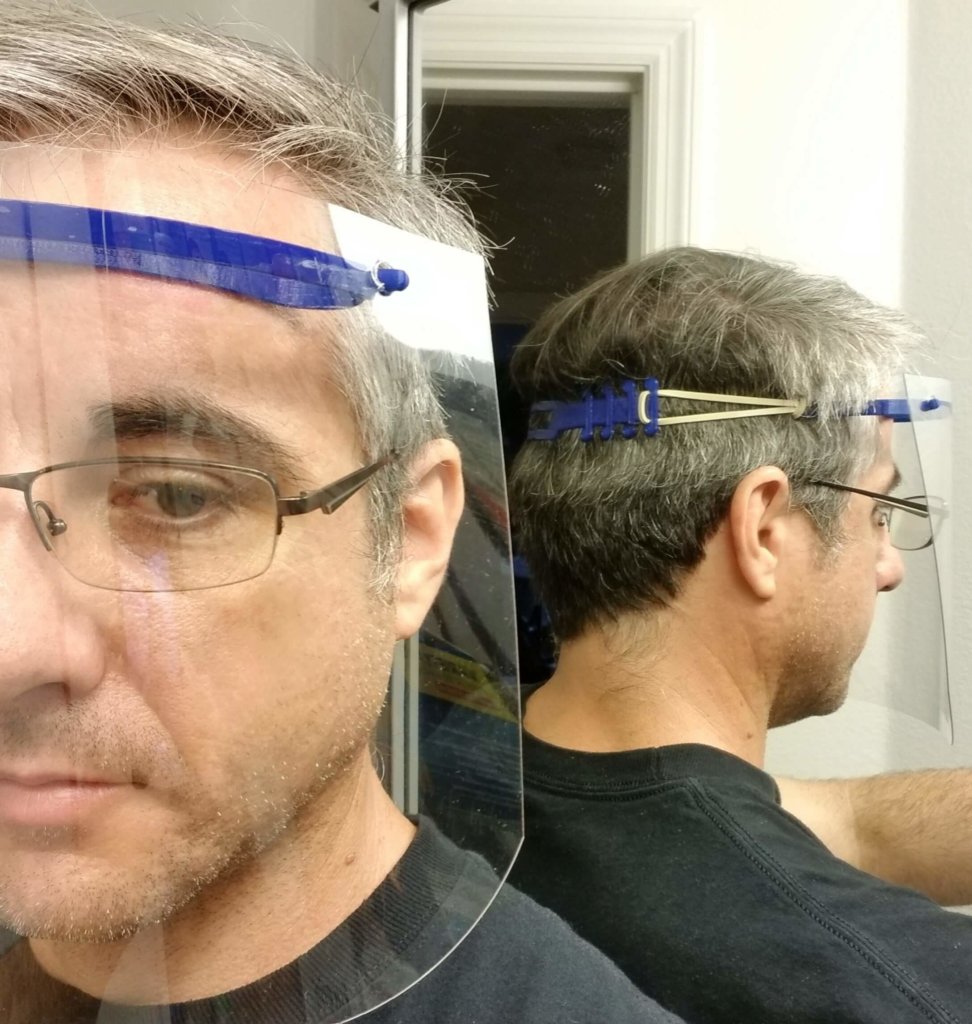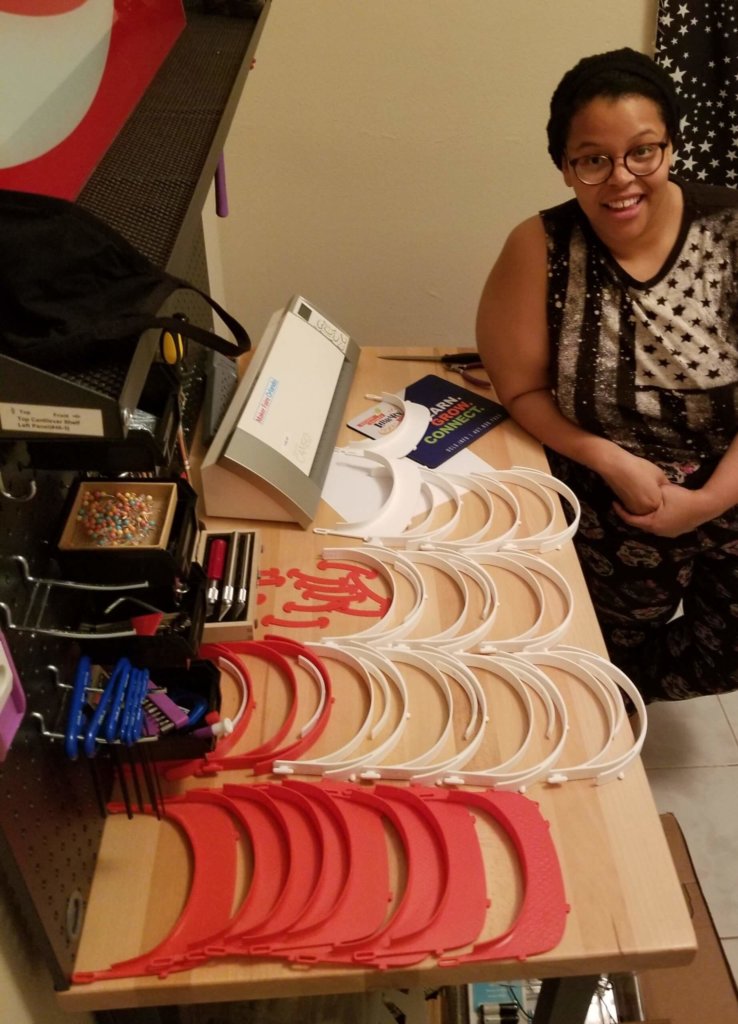What is it like to be a female Chief Project Engineer? Learn more in this interview with Angela Kruth, P.E. of FINFROCK!
Orlando Science Center is fortunate to have a strong network of strategic partners within the STEM industry that enables us to introduce people to the unlimited opportunities the industry has to offer. Today, we would like to introduce you to Angela Kruth, P.E., a local female Chief Project Engineer right here at FINFROCK.
Angela received her undergraduate degree in Civil Engineering and master's degree in Structural Engineering from the University of Central Florida.
While pursuing her education, Angela began working as an intern at FINFROCK. Since graduating, she has worked her way up through the company and is now a part of its leadership team.
Angela has also made major engineering contributions to FINFROCK’s latest luxury apartment project in Ivanhoe Village, Lake House.
She is actively involved in the industry through various professional associations including the Central Florida Chapter of The Society of Women Engineers and the Florida Prestressed Concrete Association, and Precast/Prestressed Concrete Institute.

Can you tell us more about your role at FINFROCK? What does a typical day in your job look like?
My day is always a little different because as a design-builder, FINFROCK is so diversified. There is certainly a lot of running calculations and providing draft information for a set of drawings and typical engineer work, but a lot of my work as a project engineer involves coordinating with other departments to move a project along. Some days I may be working with architecture to make changes and communicate with our erection department, and some days I’ll go out for a field visit. As a Chief Project Engineer, I teach and lead our other engineers to do a lot of the same tasks.
What inspired you to become an engineer?
When I was younger, I used to watch a show on HGTV called Extreme Homes. It was always on at 2 in the morning, and because I’m somebody who could never sleep, I’d wake up in the middle of the night and start watching it. I thought the houses looked really cool, and I wanted to figure out how to create them. I thought I wanted to be an architect, but then realized I was good at math and engineering would be a great fit for me instead.
Why is it exciting to do what you do at FINFROCK?
The best part is getting to see your building get built. Driving by on the street, pointing to it, and knowing that all your hard work is right there. There’s definitely a lot of pride that comes with it.
What was the most challenging engineering project you have worked on, and how did you solve the problems it presented?
All our projects have challenging elements to them, but for an engineer the biggest challenge is to see an architectural rendering of something that is seemingly floating in space and figuring out how to support it and give it that hidden support appearance. When I first saw the Lake House renderings, I thought, that project looks hard, and I want to do it. Anything that looks like it is defying physics, that’s what I want to figure out and make work.
What challenges did or do you face in the field of engineering as a woman? What can be done to make it better?
Engineering is a male-dominated field, but the landscape is gradually changing as more companies are recognizing the value that women can bring to the industry. Before I had my Professional Engineer (PE) license and added the letters to my title, there were times where I would be corresponding with someone outside that did not recognize I was an engineer and would assume I was just an assistant. Actually... I'm a female Chief Project Engineer!
I think the biggest way to make changes is to encourage engineers and people in leadership positions to stand up against stereotypes and biases. That can include women standing up for themselves, and women in higher positions helping pull up the women below them by sharing their experiences. What’s equally important is for men to speak up if they see a woman treated unfairly.
What is the greatest transformation in engineering technology you have witnessed in your career or what are your thoughts on transformations in the field of engineering do you see on the horizon?
I think the way lasers and AR (Augmented Reality) are integrated is changing the game –it saves a lot of time and it makes measurements more accurate. At FINFROCK, we utilize virtual reality in the design process which allows us to easily make changes before we ever start construction. There is also a software method called LiDAR where one can scan a building and present a digital version of all the dimensions in the building through LiDAR.
What advice would you give to girls in school or pursuing higher education in engineering as a career choice or area of study?
My advice would be to find other girls with the same interest and don’t be afraid to make friends with them! When girls hang out with like-minded girls, there is so much they are capable of. It can be hard to find that confidence, but you don’t have to be the smartest person when it comes to math, or anything else really if you’re willing to work at a subject and learn. Do not be afraid to speak up in class or give the wrong answer. Just focus on learning the process.
Orlando Science Center relies on partnerships with industry experts to provide insight on how science, technology, engineering, and mathematics and the incredible innovators within the industry are pushing the boundaries of possibilities. As a longtime friend and corporate partner, FINFROCK helps us inspire the next generation of STEM professionals and industry leaders. With their commitment and generous support, we are able to bring pivotal technology and engineering learning to life.
FINFROCK is committed to revolutionizing the technological advancement of engineering design and manufacturing. FINFROCK handles the design, manufacturing, and building of hundreds of projects a year for clients throughout Florida and across the nation. Learn more about FINFROCK!
